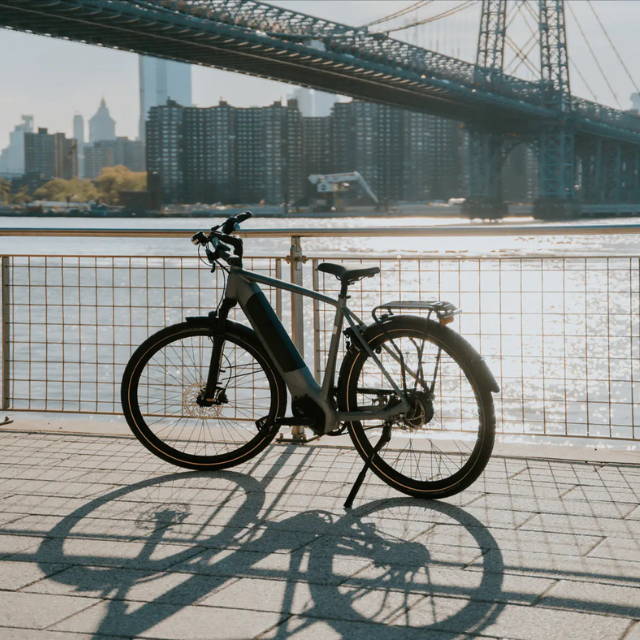NYC’s Congestion Pricing and What It Means for Commuters
Written by: Rémy Rossi | January 10, 2025 | Time to read 3 min
New York City commutes just got more expensive. The new congestion pricing will hurt drivers’ wallets but it’s a crucial step toward a better, cleaner transportation network for everyone.

More about the Author: Remy Rossi
Rémy Rossi is a bike writer, mechanic, and educator who got his start in community-based bike shops and co-ops. With a decade in the industry, he still wrenches on bikes when he can and plays bike polo on a fixie.

Forget about the weather we’re having, this week’s water cooler talk is all about New York City’s new congestion charge for drivers. It’s big news that’s received behemoth backlash (and applause), but the controversial toll finally came into effect this week.
We’re all anxious to see how the program performs and if it succeeds in decongesting the Big Apple and raising funds to make improvements to the city’s beleaguered public transit system. I’ll catch you up on the recent news and its potential effects on biking in NYC.
What is the NYC congestion charge?

Congestion pricing isn’t a new idea
Level up your commute with Upway:
🤝 Looking for a sweet deal?
Get an even better discount when you sell your old electric bike!
Click here for a price estimation!
Will it actually make a difference?

Switching up your commute




